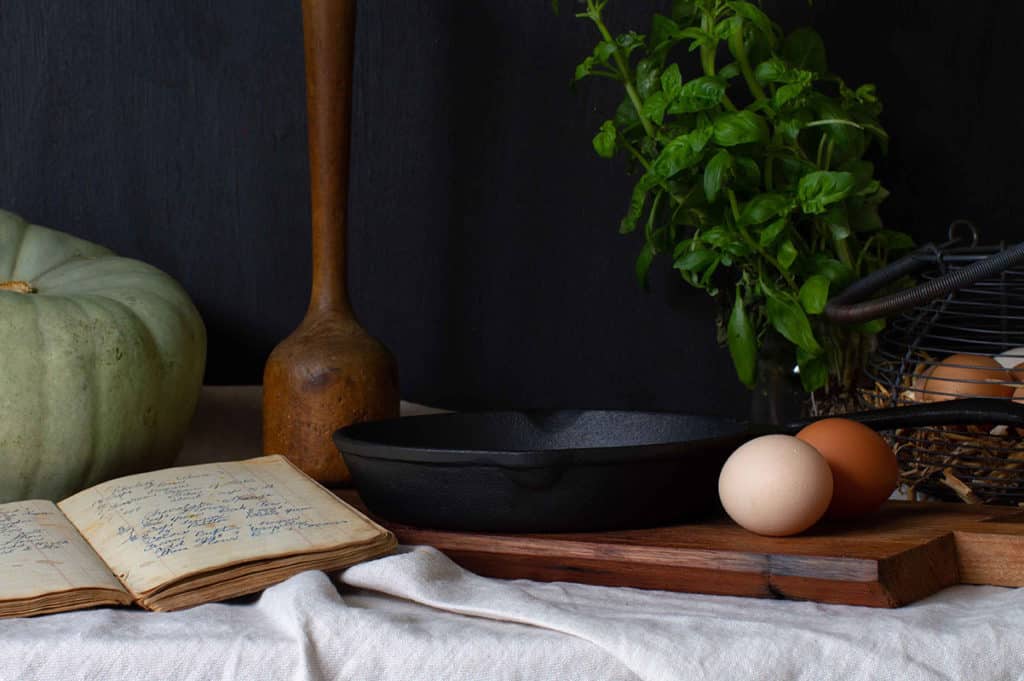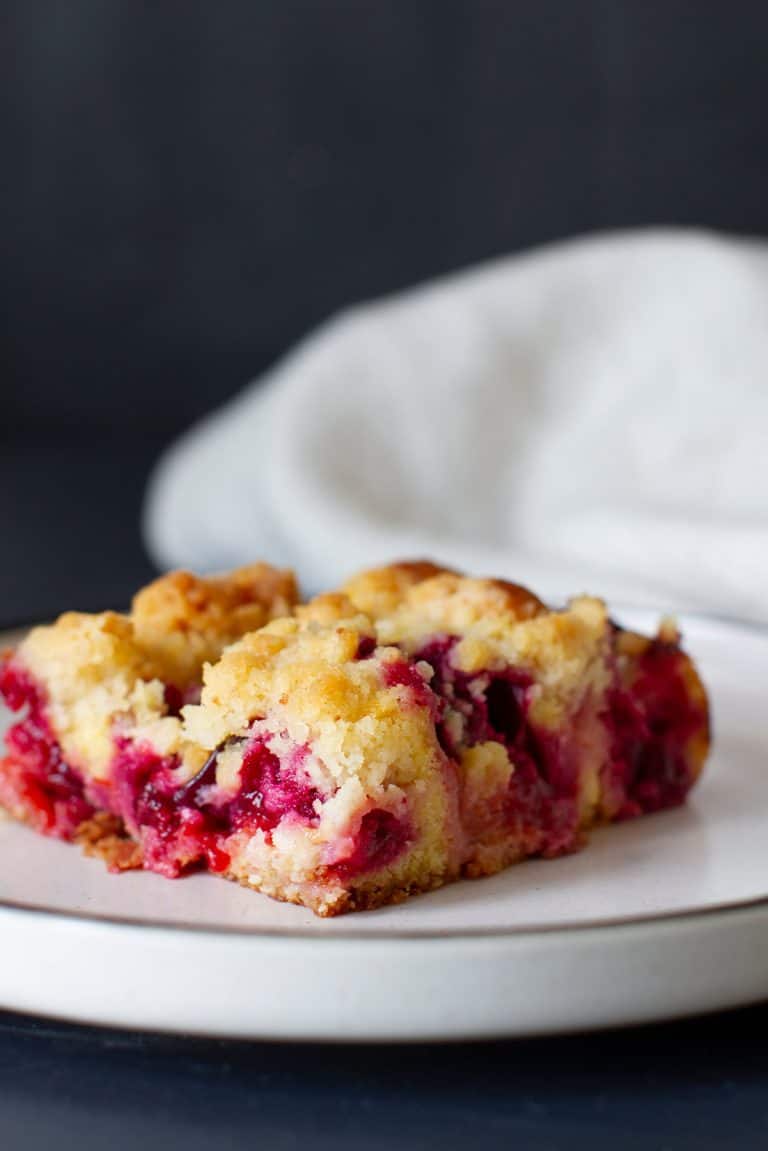35 ways to save money by cooking from scratch
With grocery prices rising to new heights, you can save money by adopting any of these 35 ways to cook from scratch. Not only your bank account will benefit, but your health and cooking skills will likely increase while reducing the amount of waste you’re producing. All you need is some time to adjust your habits and easy-to-action ideas.

35 ways how to save money by cooking from scratch
1. Start meal planning
By planning out your meals you’re less likely to be left with surplus produce in the fridge that needs throwing out come the end of the week. You’ll also be able to plan your meals with ingredients that are already in your fridge or freezer or are hiding in the back of your pantry.
2. Buy ingredients
Packaged, ready-to-eat foods are not only the unhealthier option, they also cost more because you are paying for the additional “value” the food producer has added. Buy raw ingredients instead of ready-made foods and save by adding value yourself.
3. Eat at home
Create themed dinner nights, organize a potluck, or simply make your favorite Friday take-out at home. An Italian dinner or taco Tuesday are some easy ways to indulge at home while keeping the cost down.
Making drinks at home has been one of the biggest savings in terms of our food budget. Check out my hot cacao or hot vanilla recipe to make delicious hot drinks at home.
4. Batch cooking
Economies of scale do work in your home as well. Double batch your recipes and freeze extra portions. My easy meatball recipe works well for this.
5. One meal at a time
Choose one staple meal or processed ingredient to cook from scratch at a time to avoid overwhelm. Pick a meal you frequently buy ready-made or simply start to cook a portion of it from scratch, e.g. make a pasta sauce from scratch or batch cook some stock. I make beef, lamb, and chicken bone broth regularly and freeze it in small portions.
6. Make a list
Don’t shop without a list. You will not only forget half the items you went to the shop for in the first place, but you will also spend a whole lot of money on things you don’t need.
7. Bake bread
You can save a lot of money by baking bread from scratch, especially if you like artisan loaves like sourdough or seedy bread. A traditional loaf of sourdough bread is made from flour, water, and salt only – ingredients that are inexpensive and probably already in your pantry. Yeasted bread still works out to be cheaper when baked at home and speeds up the process. My simple spelt bread and soft whey bread recipes are good examples.
8. Shop the outer aisles
Packaged and processed foods are typically positioned in the center aisles of a supermarket. By shopping the outer parameter only, you will naturally save money and buy healthier food.
9. Buy on special
Start your meal plan by checking in-store specials on fresh produce. Shop around, the butcher might have higher quality meat for the same price that week and the road stall has a bag of fruit for $3.
10. Buy in bulk
Start buying food that has a long shelf-life in bulk and avoid single serves. Oats, rice, pasta, oils, spices, and dried legumes are good examples. Check out bulk stores and coop retailers such as Azure Standard.
11. Freeze leftovers
Even if there is only one small portion left of a meal, freeze it if you can and you’ll quickly end up with a selection of meals that make up a “surprise” or Smörgåsbord dinner one night when you’re in a pinch.
12. Make snacks

Buying snacks when you are out and about not only adds to the food bill but easily to the waistline as well. Once a week, set some time aside to make some easy snack options, such as my seed crackers or muesli slice.
13. Buy in season
In-season produce not only tastes better, but it is cheaper too. Buy large amounts of in-season fruit, vegetables, and meat and freeze them. My quick and easy swede mash makes the most of this seasonal root vegetable for example.
14. Seek alternatives
Try new foods and seek alternatives to keep the budget in check. If oils and butter are too expensive, buy cream and make butter or render animal fats into lard or tallow.
15. Barter with family & friends
If you’ve got a neck for bread baking and your friend Jenny down the road is famous for her strawberry jam, start bartering for a win/win all around.
16. Buy second hand
If a bread maker, juicer, or yogurt maker helps keep the food budget down but the appliance is too expensive, check local op shops and online marketplaces. I bought each of those near new for a fraction of the original cost.
17. Make granola
If you’re a granola or cereal family it might be worth to start making your own. You can not only dial in the cost per serve to suit your budget, but you can also tailor it to your taste.
18. Team-up
Get together with some friends and take turns batch cooking freezer meals within a set budget for each other. You will receive a great selection of freezer meals for one large batch of cooking and everyone is winning.
19. Reduced to clear
Imperfect or close to expiry produce is often reduced in price while it will still meet your needs. Keep an eye out for the “reduced to clear” stickers and seconds area in the fruit and vegetable, and butcher section.
20. Start fermenting

Kombucha, kefir, and kimchi are all pretty expensive considering the cost of the raw ingredients. Start fermenting some foods at home and your gut will be as happy as your wallet. Check out my easy red cabbage sauerkraut recipe.
21. Become a farmer’s friend
Check with your local farmer if you can buy produce in bulk. Half a cow, 6 months’ worth of whole chickens, 20kg of tomatoes. Strike a deal and load your freezer with local and most likely organic produce for a fraction of in-store prices.
22. Grow your own
Even if you only have a balcony, some fresh potted herbs not only add extra flavor to your dishes, but are also much cheaper than buying fresh herbs in-store. Lettuces, radishes, and tomatoes are also worth growing if you have some more space.
23. Slow cook
Cheaper cuts of meat suit slow-cooking and are budget-friendly. A slow-cooked beef cheek beats a steak in my books. My slow-cooked lamb goulash is a great example.
24. Support a local CSA
Check if you have a local Community Supported Agriculture (CSA) scheme in your area. The quality of the produce is often much higher than store bought and the costs are often the same.
25. Sauces from scratch
Dressing, pesto, sauces, syrups, and dips easily eat into the food budget. Make these condiments from scratch and save. My lemon cordial recipe is a good example.
26. Talk to Gran
Previous generations have done it, they survived and thrived on lower budget and through periods of food shortages. Ask your Gran for budget tips and please share them with me if they are not included in the list.
27. Stews are your friend
A little bit of meat goes a long way. I grew up on stews and while they weren’t my favorite as a kid I can see the clear cost benefit now. This stovetop beef stew is an easy recipe to get started.
28. Batch baking

Double the cookie dough you’re making and freeze half in a roll for another time. Simply cut 1 cm slices off the roll and bake them. My chewy Anzac biscuits are a great example. Enjoy fresh cookies in under 20 minutes which leaves you plenty of time to cook another budget saver from scratch.
29. Sunday roast
Revive the Sunday roast tradition by saving a special cut of meat for a special dinner such as my Moroccan lamb shanks. Add meat-free days to your meal plan and focus on quality rather than quantity of higher prices ingredients by eating less of them.
30. Cook legumes
Legumes such as beans, chickpeas, and lentils are much cheaper dried than buying them tinned. Buy them in bulk and soak them in water overnight prior to cooking them.
31. Make your coffee at home
If you buy a takeaway coffee every day for say $5, that’s $1825 a year. I know! That’s a lot of money. Check out my Moka pot guide for brewing delicious coffee at home.
32. Gather your food
Foraging, fishing, and hunting are great ways to keep the food budget in check. Make sure to follow relevant permits and regulations and add fresh produce and protein to your diet for free.
33. Shop online
Online shopping stops impulse buys such as chocolate bars at the checkout or the new biscuits next to aisle 5. Shop online and stick to your list.
34. Turn waste into food
Someone’s trash is someone else’s treasure. Keep the chicken carcass and vegetable peels and turn them into nutritious stock, bake with the yogurt that’s lurking at the back of the fridge, and bake crackers with the pulp from your nut milk. Check out my lamb stock recipe as an example.
35. Food gifts

Homemade fudge, eggnog, jam, pralines, lemon cordial, or my honey lavender syrup all make generous gifts and are a lot less expensive than artisan products from a deli. Home baked cookies such as my chocolate crossies, gingerbread, or coconut macaroons also make fantastic edible gifts.
Related articles
Check out the following articles for more tips on how to cook from scratch.






